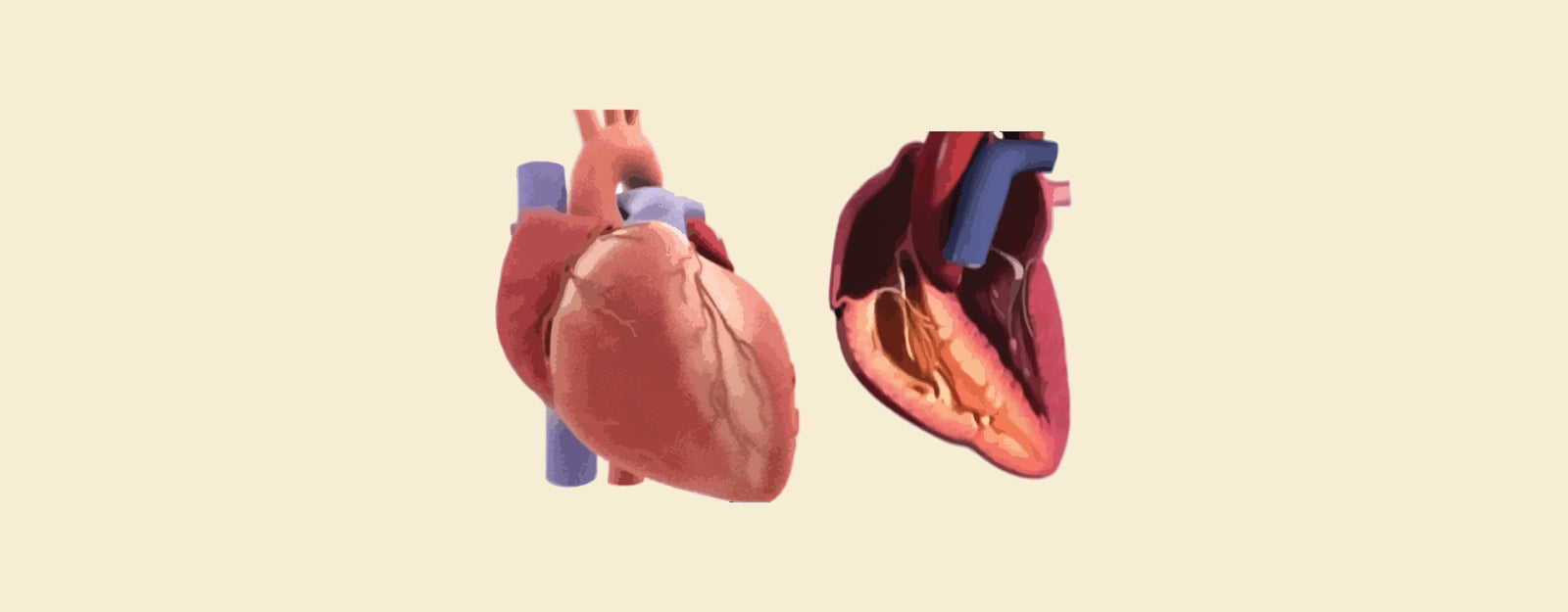Acetabular Notch Vs Fossa: The hip socket, called the acetabulum, comprises two key features: the Acetabular Fossa and Acetabular Notch. The acetabular fossa is a central, shallow depression in the acetabulum's floor. Unlike the surrounding cartilage-covered lunate surface designed for articulation with the femur, the fossa is a non-articular area. This space houses the ligament of the femur head, which stabilizes the joint, and is filled with fatty tissue and blood vessels. In contrast, the acetabular notch is a small opening located inferiorly, or towards the bottom, within the acetabulum. This notch breaks the continuity of the otherwise continuous rim of the acetabulum. A ligament bridges this gap, converting it into a foramen, a hole that allows vital blood vessels and nerves to enter the hip joint cavity. So, to summarize the key differences between the acetabular fossa vs notch, the fossa is a depression that cradles supportive connective tissue, while the notch is an opening that provides passage for nerves and blood vessels.
Differences Between Acetabular Fossa and Acetabular Notch
The acetabular fossa and acetabular notch are both anatomical features of the acetabulum, which is a part of the pelvis bone forming the socket portion of the hip joint. Outlined below are their definitions, followed by differences between the two:
|
Feature |
Acetabular Fossa |
Acetabular Notch |
|
Definition |
Concave depression at center of acetabulum |
Semilunar-shaped indentation on margin |
|
Shape |
Round or oval |
Semilunar or crescent-shaped |
|
Location |
Center of acetabulum |
Superior aspect of acetabulum |
|
Function |
Ligamentous attachments |
Space for vessels and nerves, flexibility |
|
Depth |
Deeper |
Shallower |
|
Notch Presence |
Lacks notching or indentation |
Notch present |
|
Surface Texture |
Smoother |
May be more irregular |
|
Attachment Site |
Ligamentum teres |
Transverse ligament |
|
Weight Distribution |
Contributes to weight-bearing, stability |
Contributes to flexibility, vessel passage |
|
Articular Surface |
Doesn't directly articulate with bone |
Doesn't directly articulate with bone |
Order the Best Jogger Scrub from Here!
What is Acetabular Fossa?
The acetabular fossa is a depression in the middle of the hip socket (acetabulum). It's a non-articular surface, which means there's no cartilage, and it extends deep into the labrum, a fibrocartilage rim that surrounds the acetabulum. The fossa contains a fatty pad (pulvinar) and the femoral head ligament (ligamentum teres).
Browse Best Scrubs Collection
Key Features of Acetabular Fossa:
- The acetabular fossa is a cup-shaped depression on the inner surface of the hip bone (acetabulum). It functions as a socket for the head of the femur (thigh bone).
- The acetabular fossa is lined with smooth articular cartilage to decrease friction and allow for smooth movement within the hip joint.
- The acetabular fossa serves as a stable attachment point for the ligamentum teres, which helps to stabilise the femoral head within the socket.
- The depth of the acetabular fossa might differ somewhat across people. A deeper socket provides more stability to the hip joint.
What is Acetabular Notch?
The acetabular notch is a tiny dip on the bottom margin of the acetabulum. A ligament (transverse acetabular ligament) spans this notch, transforming it into a foramen through which blood vessels and nerves can travel into the hip joint.
Explore All Women's Scrub
Key Features of Acetabular Notch:
- The acetabular notch is a tiny depression or notch that separates the margin of the acetabular fossa.
- This notch acts as a pathway for the transverse acetabular ligament, which helps to stabilise the hip joint by maintaining the femoral head in place.
- The exact placement and size of the acetabular notch may vary somewhat across people.
- An especially deep acetabular notch may be related with an increased incidence of hip dysplasia.
Shop Best Lab Coats from Here!
Similarities Between Acetabular Fossa and Acetabular Notch
- Both are characteristics of the acetabulum, which is located within the pelvis.
- They both help to keep the hip joint together and operate properly.
- Both offer areas for ligamentous attachments.
- They are created during the development of the pelvis and hip joint.
- Anatomical Relationships: Both structures are close to one other within the acetabulum.
The acetabulum is a socket-shaped depression in the hip bone that houses the head of the femur. Key characteristics inside this cavity separate the acetabular fossa from the acetabular notch. The acetabular fossa is a central, non-cartilaginous depression on the acetabulum floor. It offers a rough surface for ligament attachment while also housing the femoral head ligament. In contrast, the acetabular notch is a deep depression on the rim of the acetabulum. A ligament bridges this notch, creating a foramen for nerves and blood vessels, and links it to the acetabular fossa below. At essence, the acetabular fossa is a central depression, whereas the acetabular notch is an indentation at the rim, showing the distinction in their placement and function inside the acetabulum.















